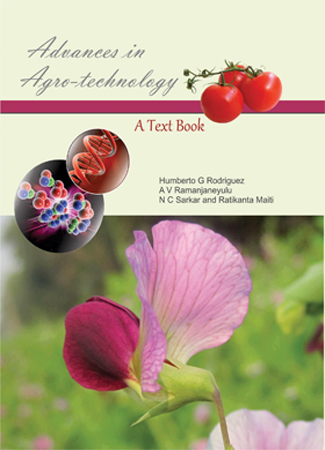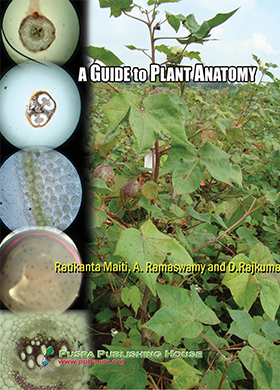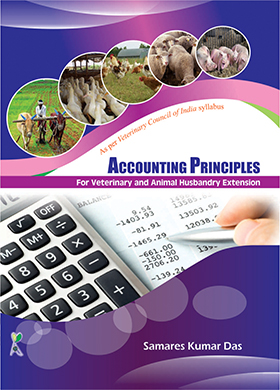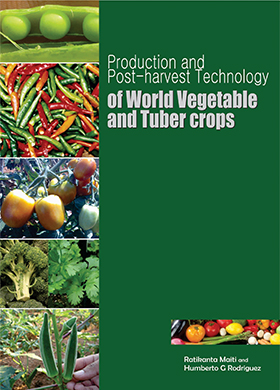Cite
Prasad PNS, Lakshman K. Monitoring Biotic and Abiotic Stress in Crop Plants through Remote Sensing CBM [Internet]. 02Jun.2021[cited 8Feb.2022];5(1):033-036. Available from: http://www.pphouse.org/cbm-article-details.php?cbm_article=26
People also read
Popular Article
Liquid Nano-Urea: An Emerging Nano Fertilizer Substitute for Conventional Urea
K. Lakshman, M. Chandrakala, P. N. Siva Prasad, G. Prasad Babu, T. Srinivas, N. Ramesh Naik and Arjun KorahLiquid Nano Urea, Nano technology, Nutrient use efficiency
Published online: 28 Jun 2022
Scientific Correspondence
Crop Residue Management in Cotton
A. V. Ramanjaneyulu, B. Ramprasad, N. Sainath, E. Umarani, Ch. Pallavi, J. Vijay and R. JagadeeshwarCotton residue, burning, pollution, management, multicrop shedder
Published online: 04 Mar 2021
Popular Article
Broomrape (Orobanche sp.) Management in Indian Mustard
Tanmay Das, Teekam Singh and Prakash SonnadBroomrape, mustard, parasitic weeds
Published online: 28 Mar 2023
Popular Article
Black Rice Cultivation in India – Prospects and Opportunities
Sanjoy Saha, S. Vijayakumar, Sanjana Saha, Ashirbachan Mahapatra, R. Mahender Kumar and R. M. SundaramAnthocyanin, Black rice, Forbidden rice, Nutritional value, Prospects
Published online: 27 May 2022
Scientific Correspondence
Monitoring Biotic and Abiotic Stress in Crop Plants through Remote Sensing
P. N. Siva Prasad and K. LakshmanAbiotic stress, biotic stress, remote sensing, spectral reflectance
Published online: 02 Jun 2021



.jpg)
.jpg)






